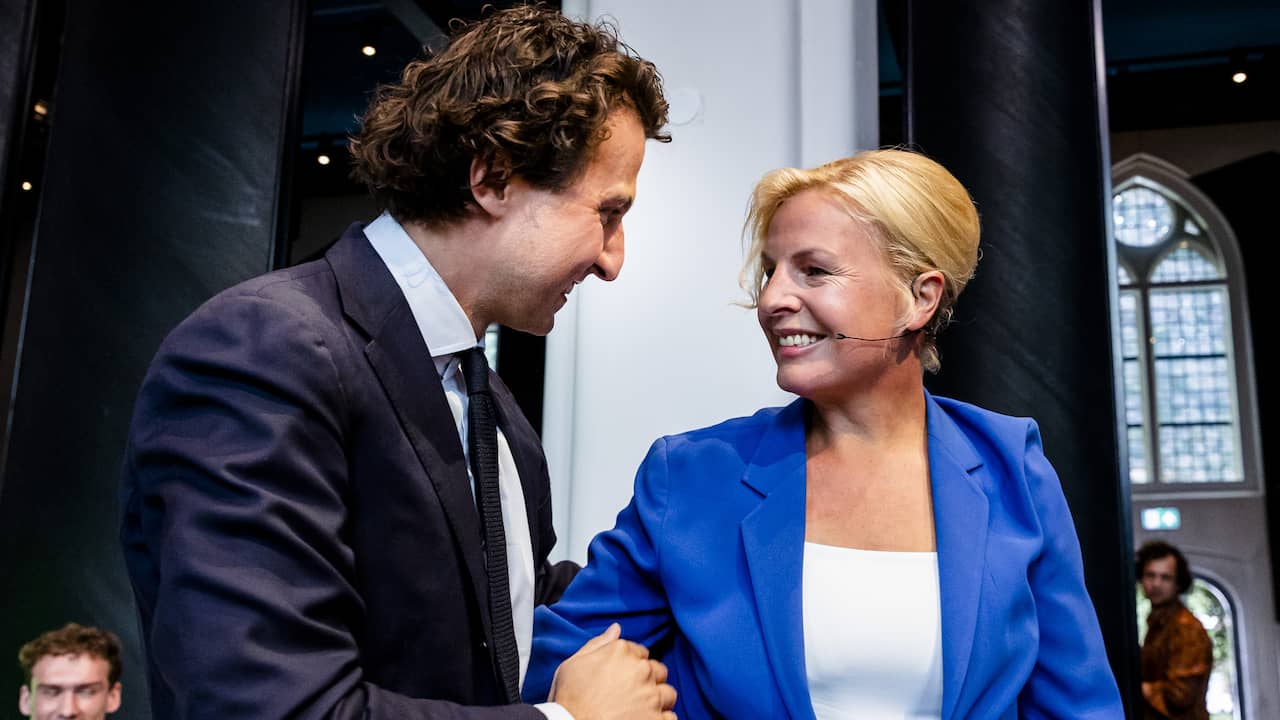19 July 2023 at 20:21
Generations of green sea turtles have been feeding at the same seagrass beds for about three thousand years. This has emerged from special research, in which ‘old’ knowledge from bones is combined with modern satellite data. The research shows how much impact the destruction of certain seagrass beds can have.
Scientists often follow developments during their own careers. They compare the situation at the beginning of it with the circumstances later. As a result, slow changes in a larger system – such as changes in an animal population – often go unnoticed.
“Even long-term data only goes back about a hundred years,” says Willemien de Kock on the website of the University of Groningen. The historical ecologist took a different approach in her research.
Bones from boxes in the attic
By analyzing sea turtle bones, she was able to determine what the animals ate thousands of years ago. She used bones in boxes in the attic of the Groningen Institute of Archaeology. Her supervisor Canan Çakirlar had already excavated these bones, De Kock only had to examine them.
De Kock linked the information she extracted from the bones to modern satellite tracking data from the University of Exeter. This allowed her to see which routes today’s sea turtles take.
How to trace an animal’s diet in a bone
De Kock was able to determine the diet of the sea turtles from the bones by looking at collagen. That is a substance that is in bones. She inspected this with a so-called mass spectrometer. This allowed her to determine which plants the sea turtles ate. It’s all about carbon.
For example, De Kock explains that one plant may contain more of the lighter carbon-12, while another may contain more of the heavier carbon-13. “Because carbon doesn’t change when the food is digested in the body, we can determine the proportion of carbon present in the bones and derive the diet from that.”
In addition, the English researchers had collected small pieces of skin from the sea turtles. This skin could be examined in the same way as the old bones.
For example, De Kock discovered that the green sea turtles that live today still swim to the same seagrass beds as their ancestors did three thousand years ago.
Their favorite seagrass beds are along the coast of Egypt and western Libya. This is important information for people who are committed to protecting sea turtles.
Foto: Getty Images
Why it’s important not only to protect small sea turtles
“We are currently putting a lot of energy into protecting the little ones,” says De Kock. For example, volunteers protect the nests of the endangered green sea turtle on the coast of the Mediterranean Sea. “But we’re not protecting the place where they spend most of their time: the seagrass beds.”
Small sea turtles hatch parentless. If they manage to reach the sea, they first float around there for a few years and eat everything. Only when sea turtles are about five years old do they swim to the same area where their parents used to get their food.
From that moment on, the animals only eat seagrass until they (possibly) die at the age of eighty. And so they eat that seagrass for thousands of years in a very specific place: along the coast of Egypt and western Libya.
According to De Kock, the research thus shows that it is very important to protect these seagrass meadows. Like coral, seagrass beds are affected by climate change. The research was published Monday in Proceedings of the National Academy of Sciences (PNAS).
2023-07-19 18:21:11
#Green #sea #turtles #eating #seagrass #restaurant #thousands #years #Animals


